International Women's Day 2021
Commissioned contribution by Rebecca Ackroyd Candice Nembhard Theresa Weber Didem Yazıcı Sakhile Matlhare
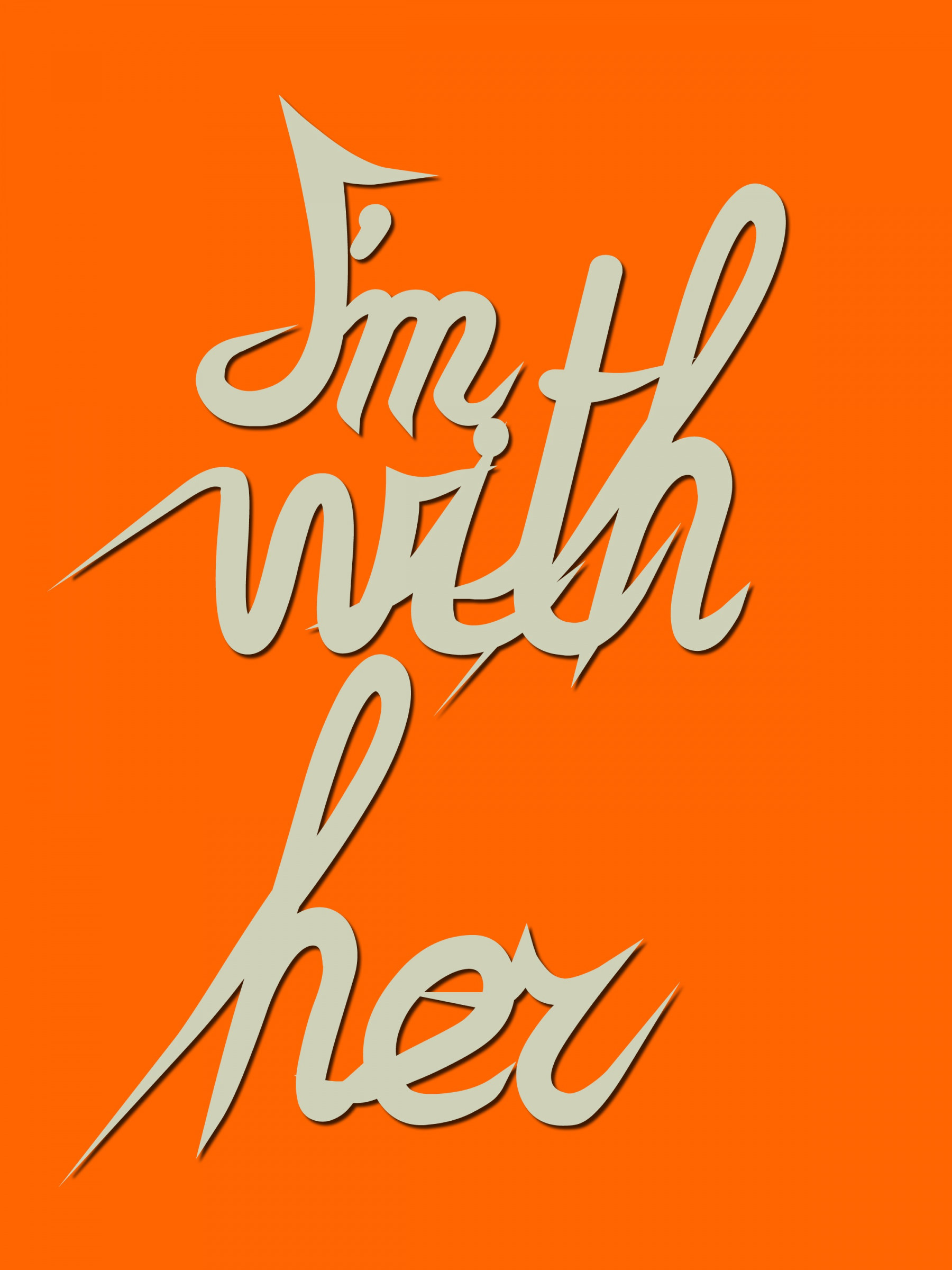
Graphic by Anne Büttner
On occasion of this year's international women's day, we commissioned the women who inspire us most to write about the women that shaped their thinking. With contributions from artist Rebecca Ackroyd, gallerist Sakhile Matlhare, artist Candice Nembhard, artist Theresa Weber and curator Didem Yazıcı. I'm with her – are you with us?
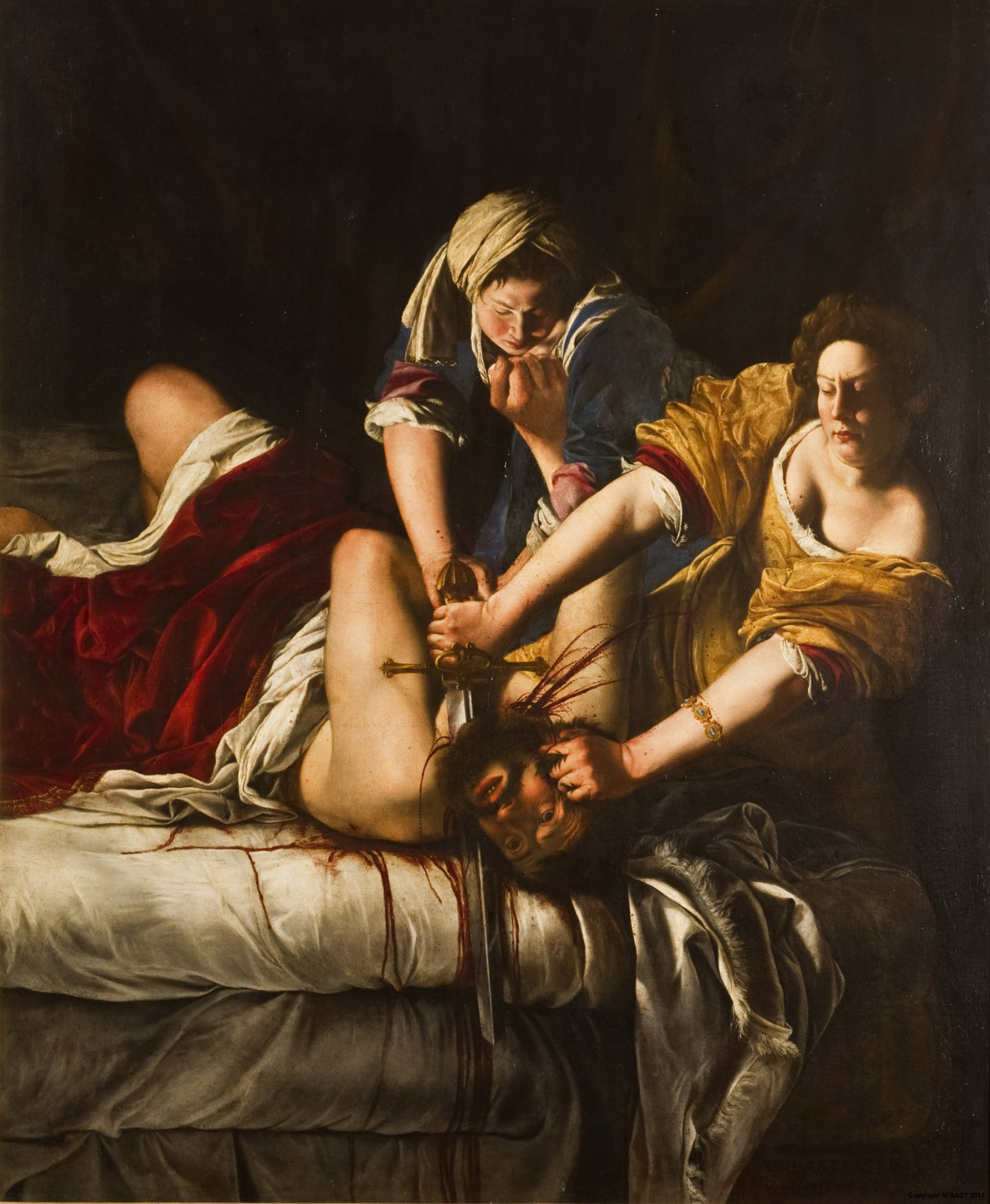
Artemisia Gentileschi, Judith Slaying Holofernes, 1620–1621, oil on canvas, 199 × 162,5 cm. Courtesy: Uffizi, Florence, and Wikimedia Commons
Rebecca Ackroyd with Artemisia Gentileschi
I can’t remember exactly when I first came to know the work of Italian painter Artemisia Gentileschi but it was long after I had graduated. Either I had snoozed through that particular lecture or, more likely, she was omitted. The more I read about her the more the tragedy of her life became almost inseparable from her work. Looking at her beautifully gory portrayal of Judith Beheading Holofernes it’s hard not to imagine the tortured hands that made it, the vengeful wrath so raw it still feels fresh. It’s seen as something of a cliché to talk about female emotion in the realms of art, it gets reduced and talked over in favour of a more ‘substantial’ topic. I think of artists like Lee Lozano whose ferocious passion and rage didn’t quite fit into the minimalist, conceptual 60s New York. Was Artemisia the Lozano of her day? A difficult woman – obviously that’s the label not my conjecture.
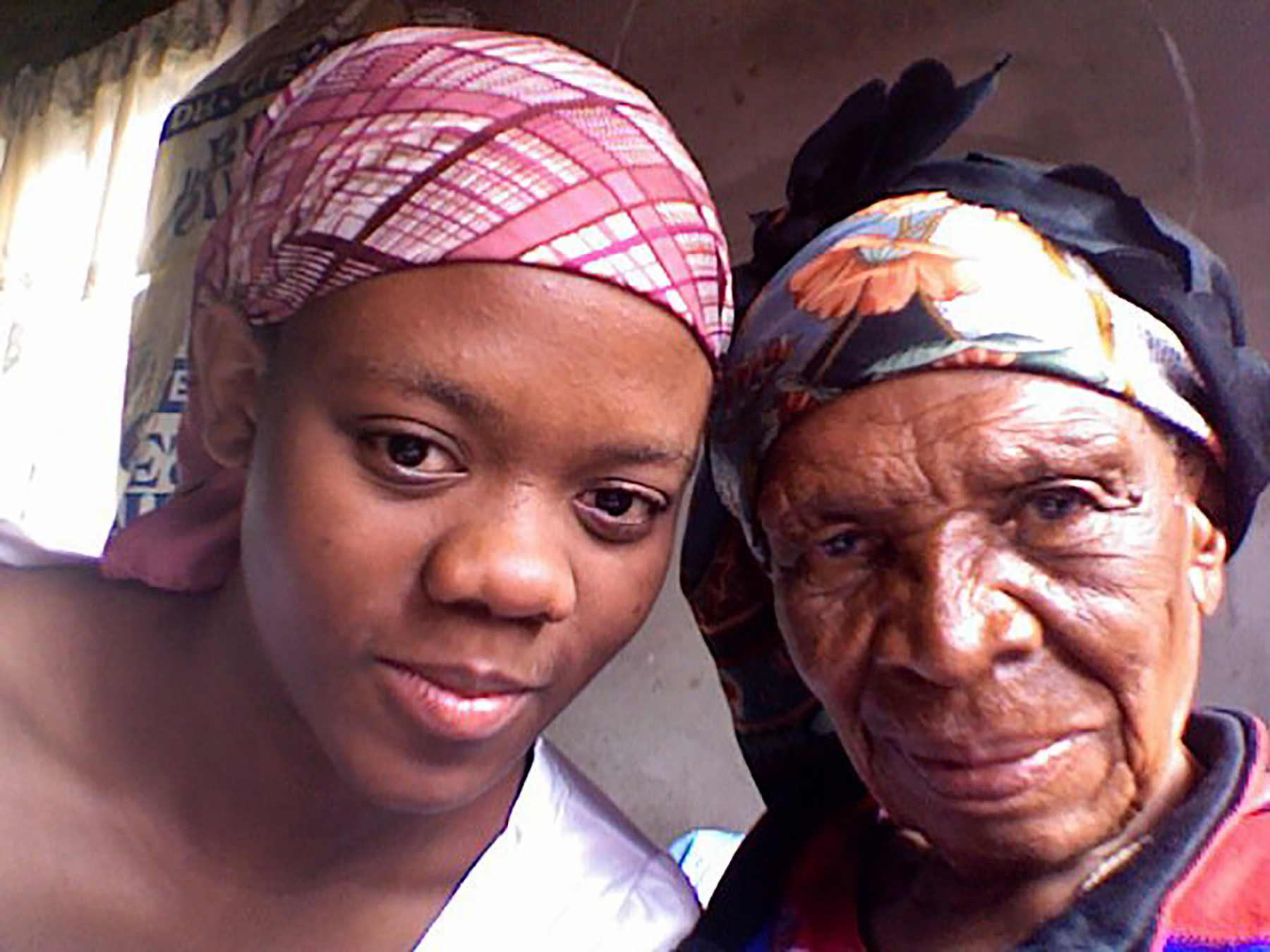
Sakhile Matlhare with Tshegapedi Ramagapu. Courtesy and photograph: private
Sakhile Matlhare with Tshegapedi Ramagapu
In Setswana there is a saying that goes, “Ngwana yo o sa leleng o swela tharing”, which directly translated means, “A child that does not cry will die inside the pouch”. It is hard for people to offer help if you don’t speak up. But it is also difficult to ask for help when we do not feel it is safe for us to do so. When I was younger, I struggled to ask for help because – despite the saying about the baby in the pouch – sometimes we are made to feel that seeking help is a sign of weakness. It was my grandmother who taught me the power of not only using my voice, but in how I use my voice.
Storytelling was the way my grandmother breathed meaning into life, sometimes through proverbs and sometimes through passed down stories about animals that could speak like humans. One of my favourite proverbs is one that makes a seemingly basic commentary on the power of words. Ntwa kgolo ke ya molomo. [1] Those who know how to use words, shouting them on hilltops or whispering them into cracks in the dry earth, understand their power.
Whenever my grandmother came to visit she would often ask me to read a bible verse for her, in Setswana. I would stumble at some parts and she would complete the sentences for me. She had memorized them from sermons, I was sure, because I knew she could neither read nor write. Through the repetition of hearing these same words recited over and over again at church, like the fables she would tell me, my grandmother would remember and revisit her bible verses for the rest of her days. These stories kept her alive.
At Christmas time families would gather at their respective villages. All the cousins and all the aunties and uncles would gather to eat and laugh, dance, and tell stories. My favourite part was always the stories. Not the gossip; the stories. The children would sit around the fire and my grandmother would begin, “Gatwe erile…bogologolo…” – (Once upon a time, a long time ago). We would be wrapped in the action of the talking rabbit and the talking mountain, suspending all disbelief and always expecting to receive a moral lesson by the end of each tale.
My grandmother passed away in 2015, and today her stories keep me alive. For two years after her passing, I attempted to remember the stories she told me. It was during that time that I started translating her stories into English and used her vivid metaphors to help shape the way I share, the way I re-tell others’ stories and yes, the way I seek help.
It is important to tell our own stories. I learned this from my grandmother. And inadvertently, through telling our stories we also re-tell parts of other people’s stories. This ability to share stories reminds me how powerful it is to use our voice and to have the audacity to use our own imagination. When I recall my grandmother’s voice I am also acutely aware that it matters what kinds of stories we tell others and ourselves because whether we do this with our own tongue or in a borrowed language – sharing our stories is a self-affirming act.
[1] A saying in Setswana that is equivalent to “the word is mightier than the sword”, which encourages people to talk through disagreements rather than resort to fighting or war
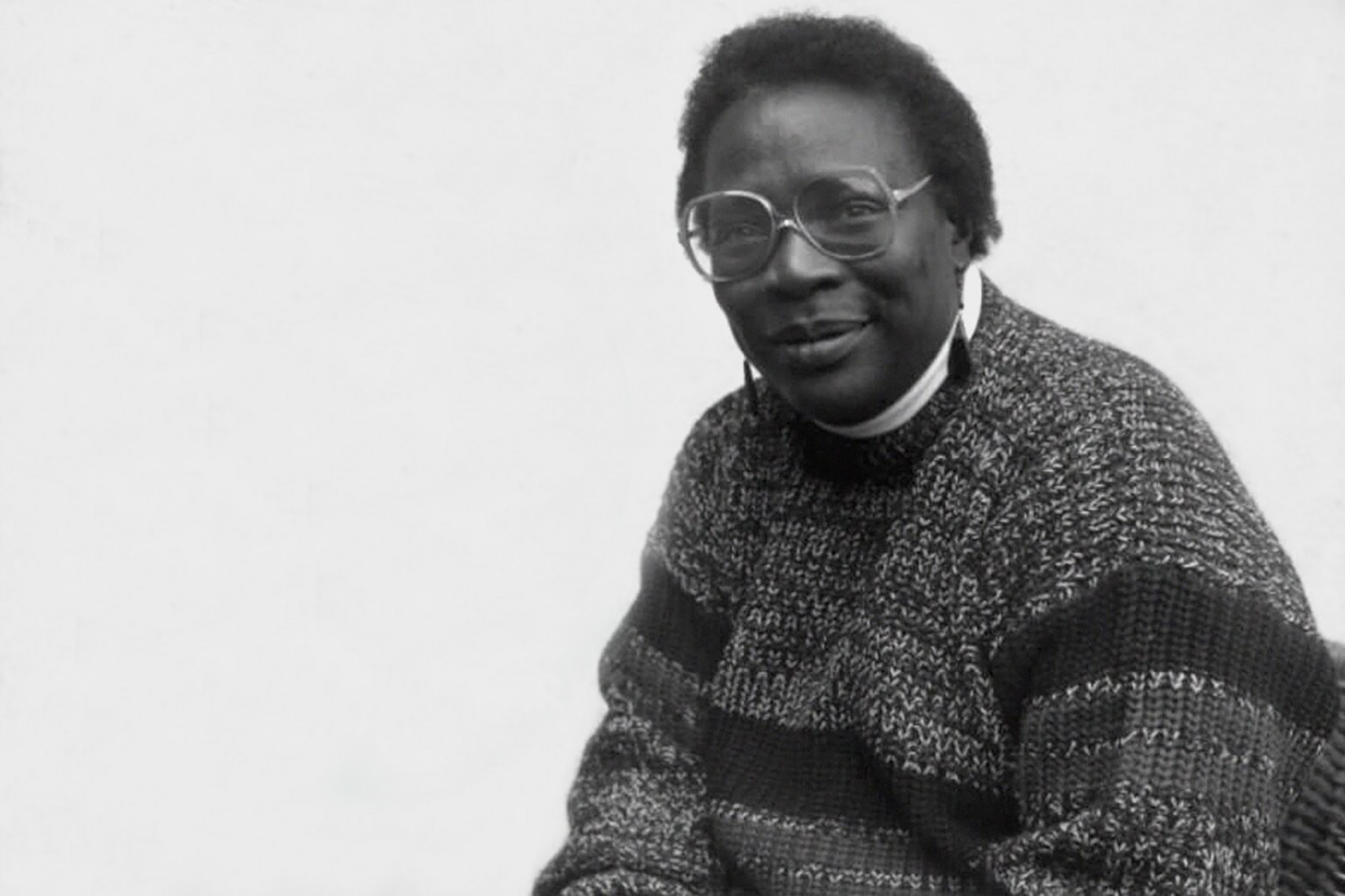
Portrait Pat Parker. Courtesy: Wikimedia Commons
Candice Nembhard with Pat Parker
"The orator works with a new kind of text. A different style of voice that shapeshifts, changing with the tide and connecting to developing audiences. The orator does not attend symposiums and conferences for the orator is not to be confused with the speaker. The orator watches on in enjoyment, attending because the performance of oration is its own kind of study." [1]
It’s the refusal to be anything but her total self. The affirmation that being Black and queer is nothing less than a celebration. It’s the legacy of her writing and activism, deeply rooted in lesbian, feminist thought – now shared and celebrated in communities around the world. Pat Parker’s legacy is one of honesty and total dedication to the truth. It is founded in confidence and tenacity, unshaken by the threat of patriarchy, racism and violence. Moreover, it is her dedication to the word, sharing the word and living by her word that has inspired and upheld a generation of women also looking to nurture in themselves happiness and endless brilliance.
[1] from Candice Nembhard, The Orator As Non-Mythic (2020)
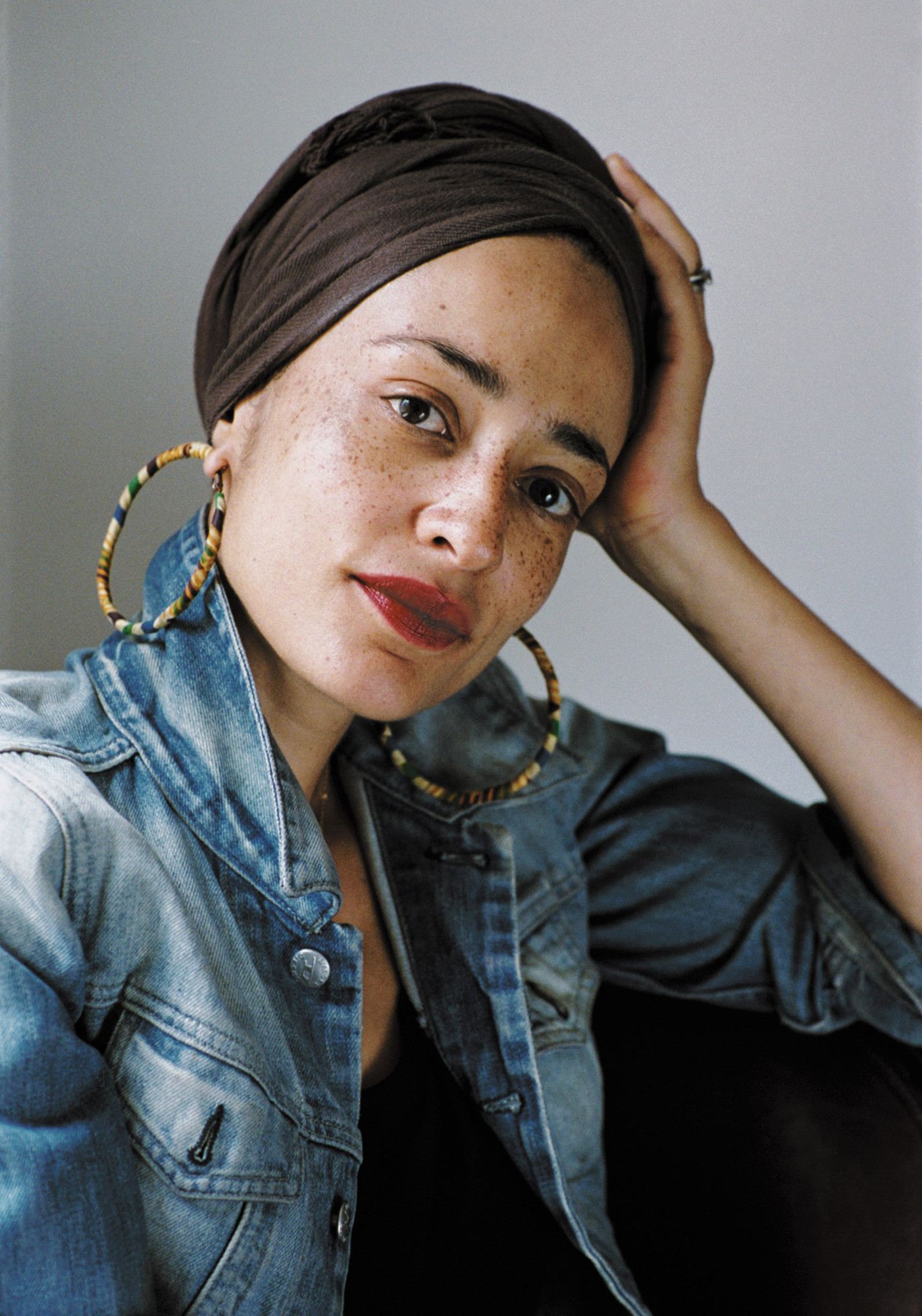
Portrait Zadie Smith. Courtesy and photograph: Dominique Nabokov
Theresa Weber with Zadie Smith
My favourite author is the British and Jamaican writer Zadie Smith (*1975 in London) whose writing and thinking is very inspiring to me. I would like to share some of her thoughts, as she considers shame as a productive state of mind. In an interview with the Louisiana Museum called ‘On Shame, Rage and Writing’, she said something very true and clever:
“Shame gets rare these days. I think it’s quite a useful emotion, corrective on certain types of behavior. But that sort of shame is about being caught in a mindset and feeling isolated within it, I think.“
The characters in Smith’s are individual, complex, and realistic personalities, who often doubt themselves, reflecting their decisions, but mostly in a productive way. She writes on heterogeneous realities on a personal and structural level.
“There is shame on all levels. The middle class is full of shame, kind of self-hating shame.There is the shame of not being understood or not being able to make oneself being understood. There is a shame of being vulnerable, a loser. People don’t speak about it quite often and it is collectivity, but for instance, when I was a kid, speaking to my jewish friends, and coming from my position, you would often think... you have a secret thought of why did “my people” submit to this treatment? And that’s the question not meat to ask in history class. Why would six million die? There is a reflexive shame in every kid. I was asking myself what is wrong with my family, that is what you would say, in a simple sense. I did not know anything about Jamaica, I didn't even really understand that Jamaicans were not native to the country.”
Shame is destabilizing, fragile, isolating, but anyhow it is a collective experience. It is to be compared with the feeling of insecurity. Both emotions are very negatively connoted, but they are fluid states of mind, in a process of reflection, changing and growing in a good sense. We could start acknowledging this.
“Historical knowledge, understanding what happened in a historical depth removes that shame. Writing the book and making the research was healing, because you replace that shame with empowering knowledge.”
As an artist I stand in a constant process of self-reflection of my critical practice. I am grateful to have learnt to appreciate all types of emotional dynamics in this process from Zadie.
“Shame is a productive thing... yeah I do believe in that. To be shameless is to be very, very dangerous. Maybe it is a very Christian emotion, and that is why it is out of fashion. But I found it quite productive in the Gospels.”
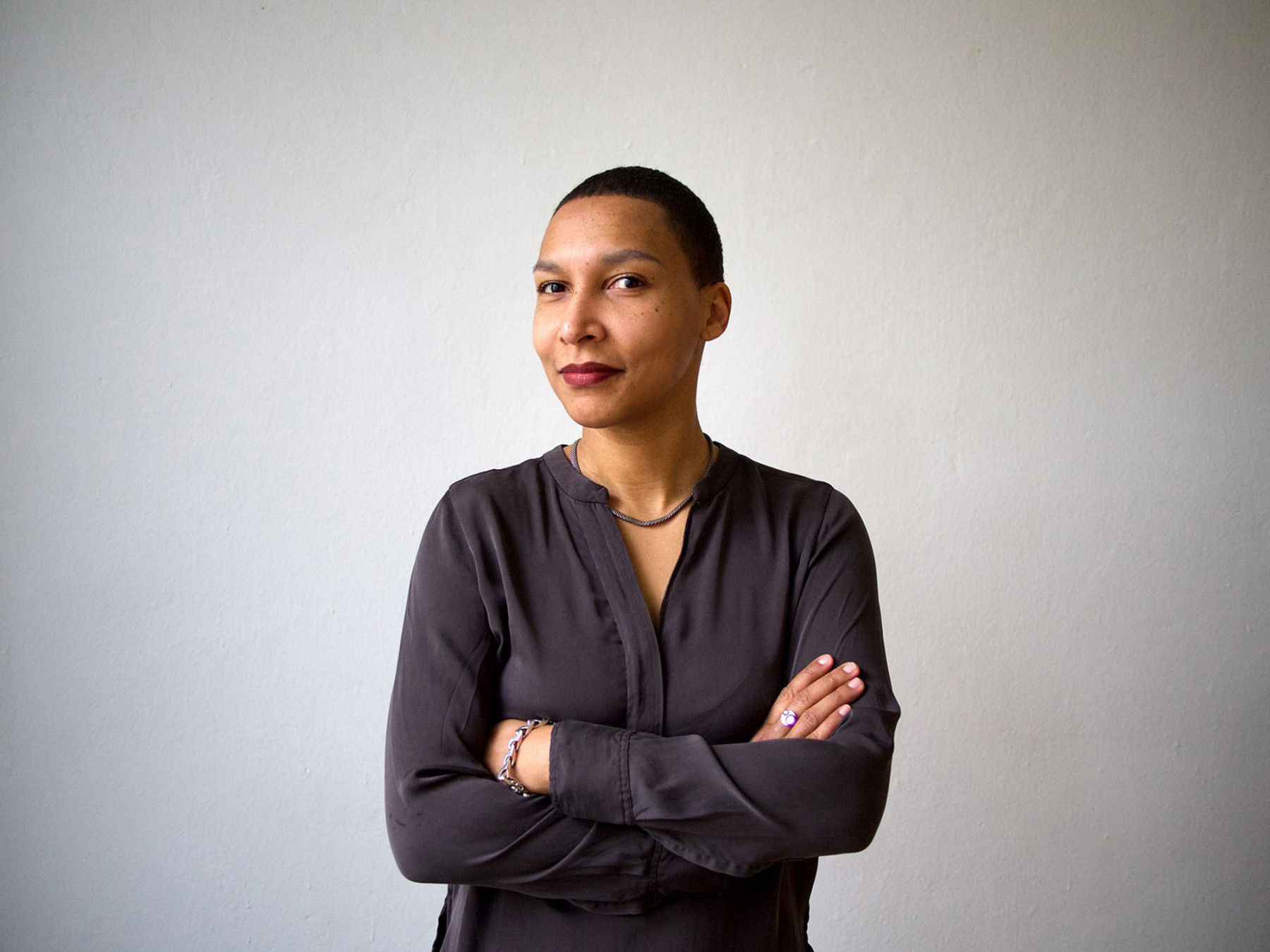
Portrait Anike Joyce Sadiq. Courtesy and photograph: Elwira Hiera
Didem Yazıcı with Anike Joyce Sadiq
Some artist-curator alliances grow deeper beyond the standard relations. Because, you don’t only speak about the content and the form of the work itself, but also everything else that matters around it. The politics of representation, the display methods, the research process, the empathy with the audience, the levels of communication, the books you read, the coincidences, the discoveries, the failures, the unsent emails, from how the budget is spent to where you get to sit at a press conference, the ways of saying no to an unfair offer, dealing with power structures in the art system and the internalized patriarchy. You share, you empower, you challenge, and you make each other believe again in why you do what you do. In the past year, Anike Joyce Sadiq and I worked closely for a few projects, a video programme at the Museum für Neue Kunst, Freiburg ‘Hiding Our Faces Like a Dancing Wind’, her nomination process and receiving the Prize of the Rainer Wild Art Foundation by Kunsthalle Mannheim and for two of her artist talks. All these projects took place in spring 2020, fragile and heavy times for everyone worldwide. Coming closer and thinking together with the artistic logic of Anike Sadiq Joyce connected me with the world we live in today with more awareness. What would it be like to be visited by a tiger, for example? Her video piece Visited by a Tiger (2019) makes the viewer face waves of emotions, high and low, with the mind and with the heart through a conversation between Anike and the psychologist Dr. Lula Morton Drewes. Their dialogue reveals how stress caused by racial microaggressions can result in serious impairments to different body parts, which eventually, slowly, kill. The fight against all forms of oppressive structures includes taking care of mental health. In her book All About Love (2001) Bell Hooks wrote that ‘what we cannot imagine cannot come into being.’ Anike, thanks for making me and all your audience imagine differently, and being a real ally in this slippery path.